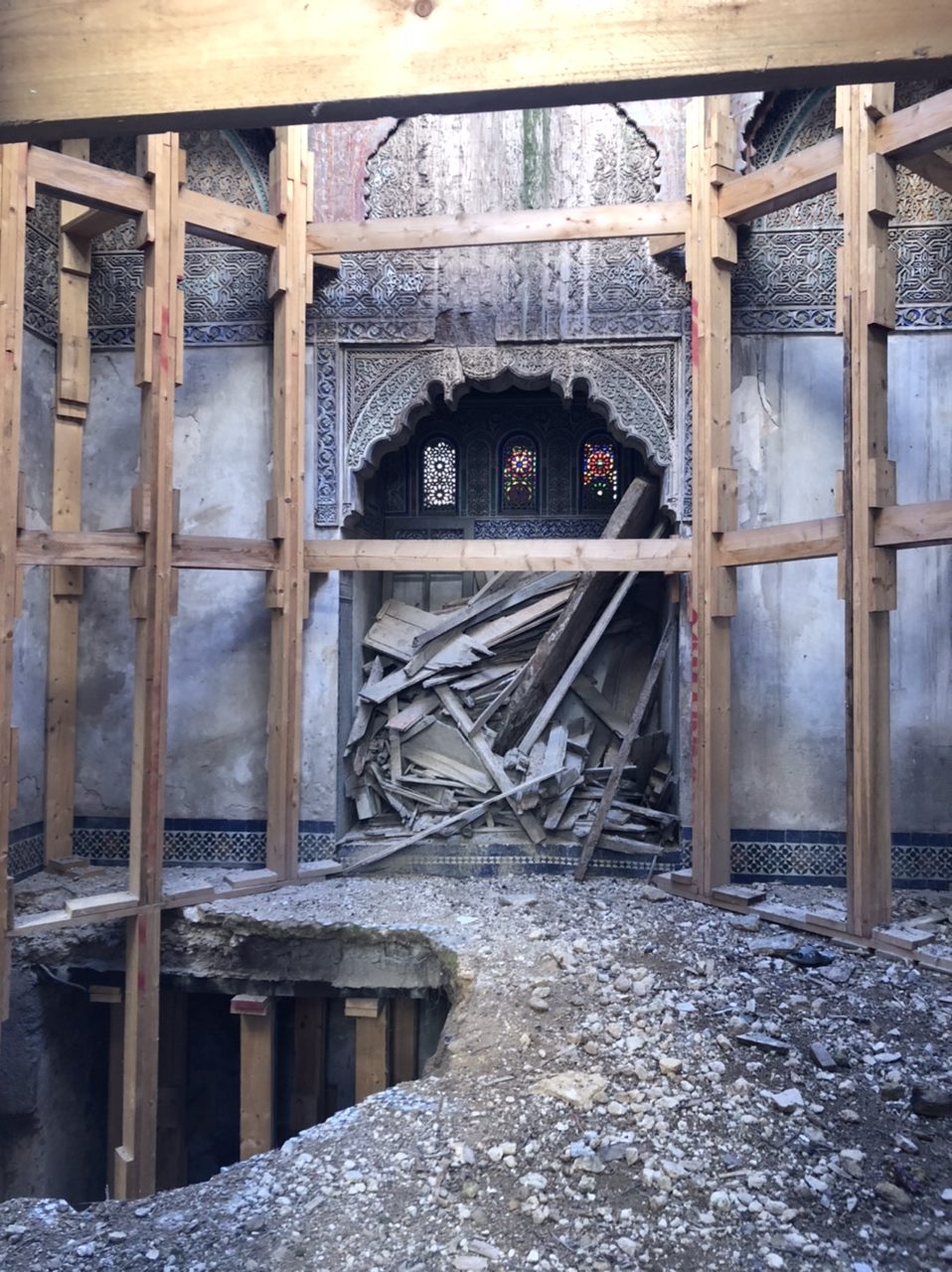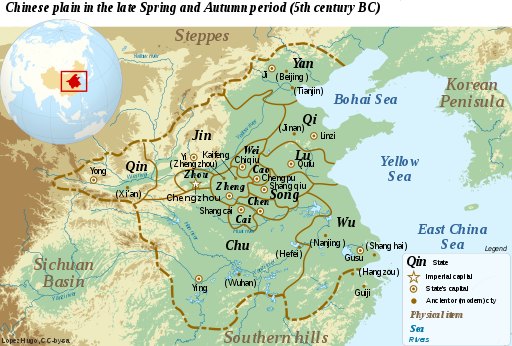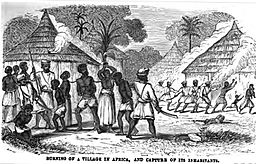Case Study assignment and rubric for a Global Studies Theory class
Yesterday I shared a syllabus for a hybrid global studies class. Today I wanted to share a rubric that I adapted for a case study project in this theory class. The assignment itself is quite easy to summarize: “Case Study: The student will write an eight to ten page paper, which will briefly apply two (or more) theories to the same global issue, and evaluate the strengths and weaknesses of each. The paper will be uploaded into Assignments by 5pm on Monday of exam week: 25% of final grade.”
The goal of this project was to have students reflect on how to apply more than one theory to a particular situation. In this way, I hoped that they might begin to realize that theories can be like tools in a tool box. It’s useful to try more than one approach to understand a situation, and to evaluate their respective strengths and weaknesses.
One challenge with this assignment is that students might be tempted to use a paper that they have written for another class, perhaps not understanding that it is possible to self-plagiarize. This happened. In order to avoid this, I would carefully explain that this is not permitted, but more importantly scaffold the work throughout the quarter; that is, in week four they would share an outline in the discussion board, in week 6 share their first three pages. In this way, not only would students be able to give feedback on each other’s papers, but also you could see they were truly creating the work.
Please note that I didn’t use this assignment in all my theory classes, including the hybrid class for which I shared the syllabus yesterday, in which I instead used a slideshow project. Although the content is mine, I don’t know who created the original rubric framework (especially the grading key) that I adapted. It had passed through too many hands by the time it reached me. If anyone knows, please contact me and I will give them credit.
Case Study Rubric
Student Name: _______________________________________________
| Content | Writing and Organization | Originality and Insight |
| Excellent The writer demonstrates a mastery of both the theory and the specific case. The student clearly explains the strengths and the weakness of the theories. Their work is based on excellent research with well-chosen articles. The writer supports their arguments with specific detail. | Excellent The essay is well-organized, flows logically, and has an introductory and concluding paragraph. The paper is free from grammar and spelling mistakes. | Excellent The essay is original and demonstrates insight. The student has a number of new ideas or arguments. The essay’s creativity leads the reader take a fresh perspective on issues. |
| Good The writer has demonstrated sufficient understanding of the theory and the specific case. There is adequate research. The writer uses specific examples and detail to support their argument. | Good The essay is well organized and flows logically, but lacks a clear beginning or conclusion. The organization could have been tighter, although their argument is clear. There are few grammar and spelling mistakes. | Good The essay shows insight or creativity. |
| Sufficient The writer generally shows their understanding of the theory and specific case, although at times they could have used more detail and demonstrated a great mastery of the material. They could have more clearly described the strengths and weaknesses of the theories. | Sufficient The essay has some organization, but sometimes jumps from one topic to the next. There is no clear beginning or conclusion. There are frequent grammar or spelling mistakes. | Sufficient While the essay has some originality and insight, it is not highly creative and has only occasional insights. |
| Needs Improvement The essay has does not convincingly demonstrate the student’s mastery of the theory and specific case. Key detail is sometimes omitted, or there are errors in their discussion of theory. | Needs Improvement The essay sometimes rambles. The transition from one section to the next is not always clear, or the argument does not flow well. The essay lacks an introduction or conclusion. There are significant grammar and spelling mistakes. | Needs Improvement The essay has few examples of original arguments or insight. The essay does not demonstrate thoughtful reflection. |
| Weak The essay fails to demonstrate the students understanding of either the theory involved, or the specific case. The paper lacks critical supporting detail, or the research was insufficient. | Weak The essay lacks organization, and jumps from one topic to the next without any coherence. The essay is either too brief to adequately cover the topic, or too disorganized. The grammar and spelling mistakes are so significant that they detract from the argument. | Weak The paper lacks original thought or new ideas. There is little or no evidence of reflection or fresh insight. |
| Grading: A = All excellent A- = Mostly excellent B/B+ = Mostly Good C+/B- = Good with some sufficient C or below = Mostly Sufficient to Needs Improvement D or below= Mostly Weak or Needs Improvement |
Remember: students may not use material from another paper that they have written.





